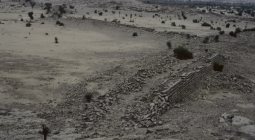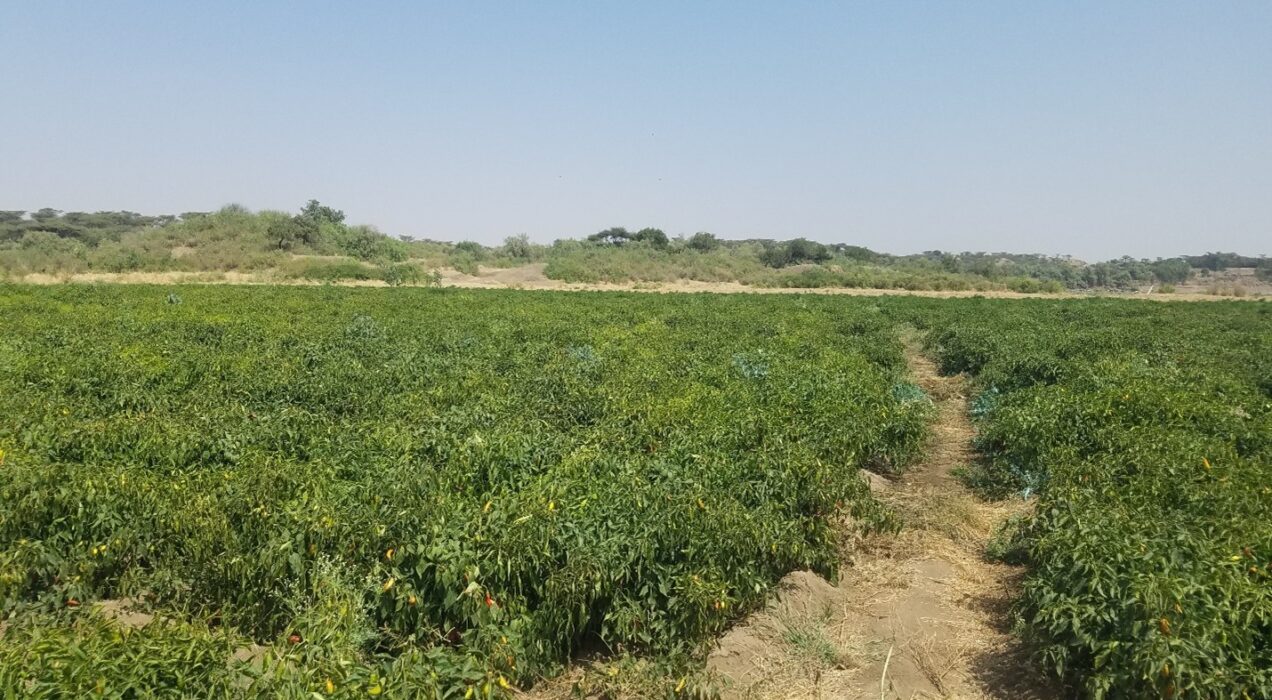
Water Wonders of the World: the mysterious Gabarbands
By Popi Michelogiannaki and Frank van Steenbergen Throughout western Sindh and Balochistan, gabarbands or long-stretched dams were constructed by ancient … Continued


By Popi Michelogiannaki and Frank van Steenbergen Throughout western Sindh and Balochistan, gabarbands or long-stretched dams were constructed by ancient … Continued

By Frank van Steenbergen On Mount Eliyah a little east of the Jordan River there is a well atop the … Continued

By Popi Michelogiannaki, Frank van Steenbergen, and Mohammed Umar Karim Water can be retained for a longer period in higher … Continued

By Femke van Woesik (MetaMeta), Marijn van der Meer (MetaMeta), Shubham Jain (MetaMeta), and Niels Lenderink (Rain) Microclimates are the … Continued

By Frank van Steenbergen (MetaMeta) and Saheb Bhattacharya (PRADAN) First, a story with a traveler. One evening a traveler arrives … Continued

By Satyabrata Acharyya (PRADAN) This blog is to describe an initiative to promote a new land use for vast chunks … Continued

By Himadri Das & Satyabrata Acharyya Regenerative Agriculture (RA) … Continued

By Anushree Mitra (MetaMeta Research), Meghna Mukherjee (MetaMeta Research), Poulomi (PRADAN) Meet Shobha … Continued

By Shubham Jain (MetaMeta), Marijn van der Meer (MetaMeta), & Femke van Woesik (MetaMeta) Common pool resources, popularly known as … Continued

By Shubham Jain (MetaMeta), Laxmi Sharma (FES), Jyoti Mishra (RAIN) Social and ecological systems are interconnected. Private resources and livelihoods … Continued

By Arpan Mondal (MetaMeta) There is a natural need for farmers to learn from each other which cropping patterns, cultivars, … Continued

By Meghna Mukherjee (MetaMeta Research) and Vinitika Lal (PRADAN) Mental Models, the basis of reasoning and decision making, is a … Continued